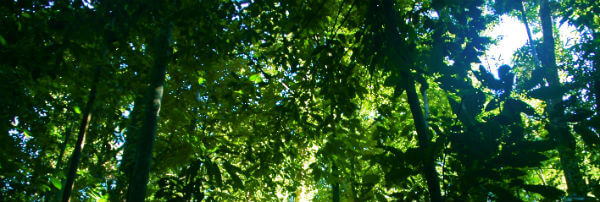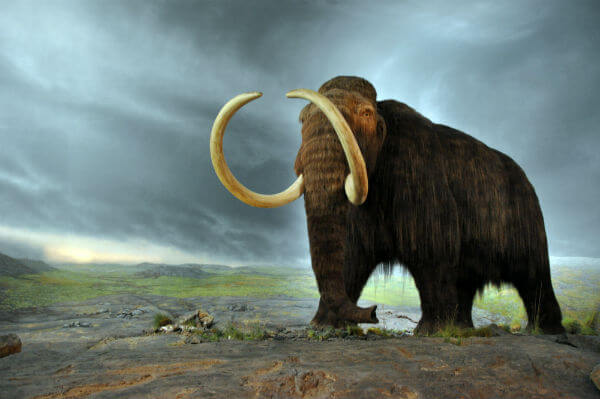By Marta Mirazon Lahr, University of Cambridge
The area surrounding Lake Turkana in Kenya was lush and fertile 10,000 years ago, with thousands of animals – including elephants, giraffes and zebras – roaming around alongside groups of hunter gatherers. But it also had a dark side. We have discovered the oldest known case of violence between two groups of hunter gatherers took place there, with ten excavated skeletons showing evidence of having been killed with both sharp and blunt weapons.
The findings, published in Nature, are important because they challenge our understanding of the roots of conflict and suggest warfare may have a much older history than many researchers believe.
Shocking finding
Our journey started in 2012, when Pedro Ebeya, one of our Turkana field assistants, reported seeing fragments of human bones on the surface at Nataruk. Located just south of Lake Turkana, Nataruk is today a barren desert, but 10,000 years ago was a temporary camp set up by a band of hunter-gatherers next to a lagoon. I led a team of researchers, as part of the In-Africa project, which has been working in the area since 2009. We excavated the remains of 27 people – six young children, one teenager and 20 adults. Twelve of these – both men and women – were found as they had died, unburied, and later covered by the shallow water of the lagoon.
Ten of the 12 skeletons show lesions caused by violence to the parts of the body most commonly involved in cases of violence. These include one where the projectile was still embedded in the side of the skull; two cases of sharp-force trauma to the neck; seven cases of blunt and/or sharp-force trauma to the head; two cases of blunt-force trauma to the knees and one to the ribs. There were also two cases of fractures to the hands, possibly caused while parrying a blow.






